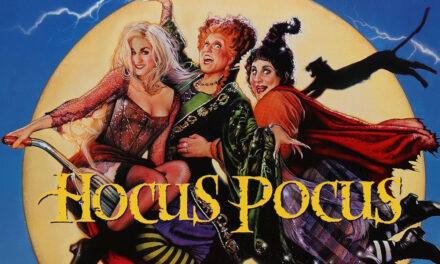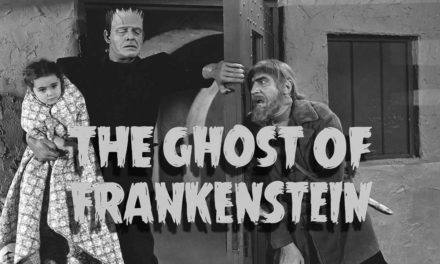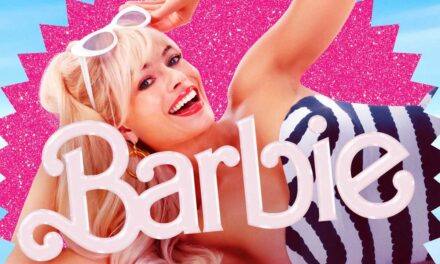While working on All Monsters Attack, the original idea for the antagonist monster was a giant bug called Gebara. Eventually, Gebara became a giant cockroach named Megalon for a treatment called Godzilla vs. the Space Monsters: Earth Defense Directive. The proposal would have Megalon pair with Gigan and King Ghidorah to fight against Godzilla, Anguirus, and newcomer Majin Tuol. While Gigan made the final cut, Ghidorah, Anguirus, and Majin Tuol were replaced by a robot superhero, Jet Jaguar. Jet Jaguar resulted from a contest that Toho held for kids to design superheroes for future projects. By this point, the series was on its last legs, so the studio had to cut costs and rush production. After a three-week shoot, Godzilla vs. Megalon premiered in Japan in 1973, followed by a US release in 1976. Over the years, this became one of the most well-known kaiju films in the US.
%
Rating
Synopsis
Due to several nuclear tests near the Aleutians, Monster Island is severely damaged, but Godzilla escapes before it collapses. In addition, the citizens of an underground civilization called Seatopia aren’t too happy about the above-ground tests. In retaliation, the Seatopians send out their guardian monster Megalon to wreak havoc on Japan. Meanwhile, inventor Goro (Katsuhiko Sasaki), his friend Hiroshi (Yutaka Hayashi), and his little brother Rokuro (Hiroyuki Kawase) are ambushed. Goro and Hiroshi have been working on Jet Jaguar, a humanoid robot that the Seatopians want to guide Megalon. The Seatopians capture the three main characters, but they manage to escape and regain control of Jet Jaguar. They send out Jet Jaguar to get Godzilla’s help to fight Megalon, who is now fighting alongside Gigan. A massive kaiju tag-team rumble follows as Godzilla and Jet Jaguar fight against Megalon and Gigan.
Review
Godzilla vs. Megalon is often cited as one of the worst entries in the franchise, which isn’t entirely true. I’d argue that All Monsters Attack is the worst, but there is an argument to be made for this one. As the series progressed, you could see all the cost-saving measures Toho took to keep it going. There’s the overuse of stock footage, the flimsy suits, and the final battle being staged in an open field. Like the other late 60s/early 70s Showa era movies, this one once again was catered more toward kids. It’s especially apparent with the use of Jet Jaguar, obviously influenced by the likes of Ultraman and Kamen Rider. What’s even worse is that, for a Godzilla movie, Godzilla disappears for most of the film. It’s mainly about the humans evading the Seatopians and trying to reclaim Jet Jaguar.
To give some credit, Megalon is one of the more interesting monsters in the series, with unique abilities. He can shoot lightning from his horn and spit bombs, which makes him one of Godzilla’s oddest but unique opponents. While most of the film’s effects-heavy scenes are stock footage, the sequence where Megalon destroys a dam is impressive. Of course, the film’s most infamous moment is when Godzilla performs a dropkick while sliding on his tail. It’s right up there with Godzilla using his atomic breath to fly in Godzilla vs. Hedorah for its ridiculousness. Unfortunately, these scenes can’t save the film’s otherwise mediocre quality in terms of the effects and the story. What’s worse is that this film cemented the West’s perception of Godzilla in general, so thanks for that. Overall, Godzilla vs. Megalon isn’t the worst, but it’s still another low point for the series.
Buy Godzilla vs. Megalon on Amazon: https://amzn.to/3RDWY47.
Disclosure: The above link is an affiliate link, which means that, at zero cost to you, I will earn a commission if you click through the link and finalize a purchase.




